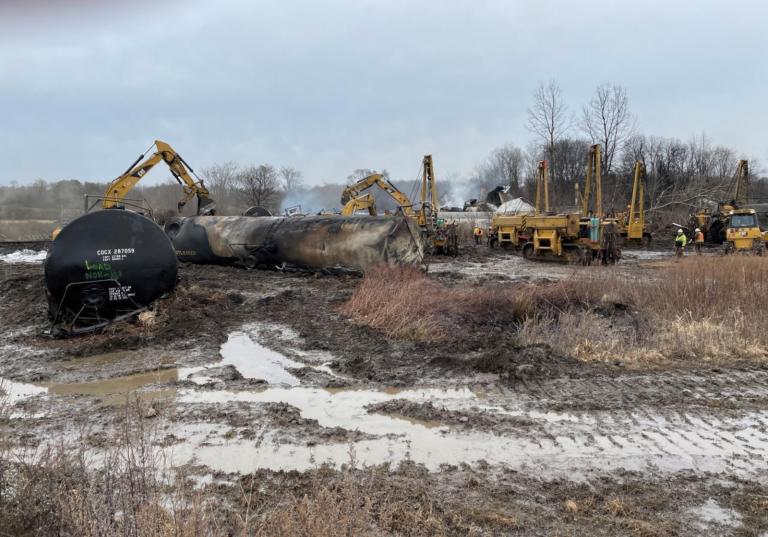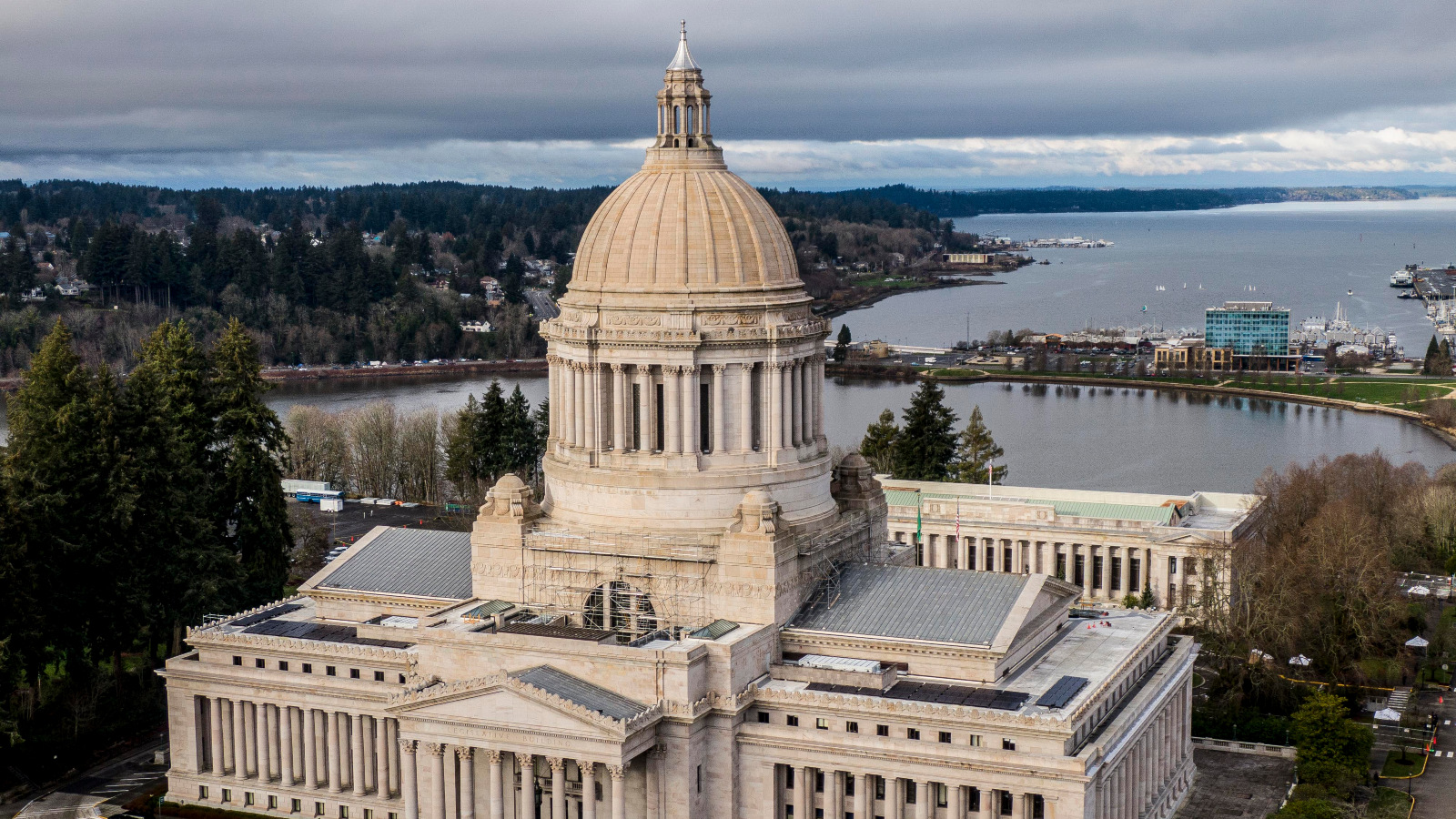A new effort to tackle climate change in Washington state just got a boost of cash. On Tuesday, the state announced the results of its first “cap-and-invest” auction. It raised an estimated $300 million from polluting companies to fund projects such as building clean energy, reducing emissions from buildings and transportation, and adapting to the effects of rising global temperatures.
Washington has set a goal to cut its carbon emissions 95 percent below 1990 levels by 2050. In that effort, the state is putting a statewide limit on carbon emissions that gradually lowers over time. Under the cap-and-invest system, businesses buy “allowances” for the greenhouse gases they emit. But these permits will become more expensive over time — both an incentive to cut emissions and a method of raising money to address climate change.
In Washington’s first auction, held last week, the permits sold out, averaging about $49 per ton of carbon dioxide. The price was nearly double that of the most recent cap-and-trade auction held by California and Quebec, where the average was $28 per ton.
“The auction price is potentially higher because Washington’s program requires stronger climate pollution cuts than anywhere else in the country,” said Kelly Hall, the Washington director for the regional nonprofit Climate Solutions. “There is strong competition for these allowances.”
Washington’s auctions, which will take place four times a year, are projected to raise nearly $1 billion annually. At least 35 percent of the revenue is slated to go toward projects that benefit communities historically and disproportionately impacted by pollution. By the end of April, once the budgeting process is ironed out, the state will begin the process of setting up these various climate initiatives, said David Mendoza, the director of public engagement and policy at The Nature Conservancy in Washington.
The state’s cap-and-invest system, which began in January, follows in the footsteps of several state and regional cap-and-trade systems — with a few key changes. It relies less on carbon offsets and is also designed to address some equity concerns around cap-and-trade. In California, for example, studies have shown that pollution in Black and Latino communities actually increased in the years since that state’s cap-and-trade program began.
Washington’s system takes the novel approach of pairing cap-and-trade with a regulatory air quality program intended to crack down on large and small sources of pollution in the hardest-hit areas. While the state is still figuring out the details, last week, its Department of Ecology announced that it had identified 16 communities where it plans to concentrate efforts to improve air quality. South Seattle, Tacoma, and Spokane made the list, as did some rural areas.
Cap-and-trade programs are now up and running in more than a dozen U.S. states, including Oregon and a regional program in the Northeast. Still, the approach remains controversial. Washington’s program has gathered criticism for giving some large emitters, such as petroleum refineries and paper mills, a free pass. While these polluters can buy allowances at little or no cost for the next dozen years, they are still covered under the program’s declining cap on emissions.
The state is currently looking into linking up its cap-and-trade program with California and Quebec, which have already joined markets. In Washington, there’s a requirement that they can only link the markets if the state determines that it won’t result in a “negative impact on overburdened communities in either jurisdiction,” Mendoza said.
After researching the potential benefits — and consequences — of linking the programs, the state is expected to issue a recommendation on whether to join California’s market by the end of summer.




